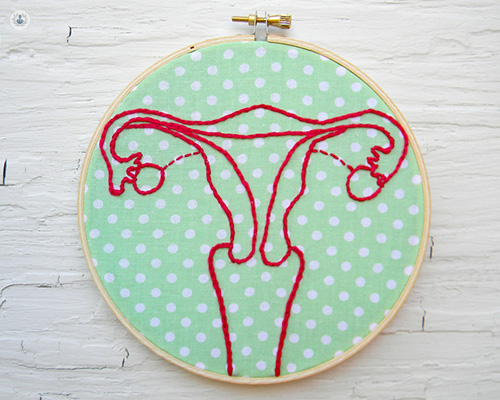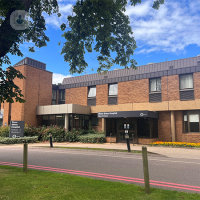Endometriosis surgery
Dr Tilottama Nandy - Obstetrics & gynaecology
Created on: 03-20-2018
Updated on: 08-28-2023
Edited by: Conor Lynch
What is endometriosis surgery?
Endometriosis is a condition in which uterine cells grow elsewhere in the body. This condition can cause pain, heavy periods, and sometimes can lead to infertility. This condition can affect all women and girls of childbearing age.
Although there is no cure for endometriosis, treatment can help reduce pain and avoid infertility. Treatment options depend on the level of pain experienced and whether or not the patient wants to become pregnant at some point. Endometriosis surgery aims to remove the scar tissue and endometrial growths, but sometimes involves removing the uterus and ovaries in more severe cases.

Why would you need endometriosis surgery?
If hormone therapy treatments or medicines have not worked, then surgery will be recommended, particularly if the pain associated with the endometriosis is severe or it is affecting other organs.
What does endometriosis surgery involve?
If you are hoping to become pregnant, then conservative surgery will be carried out. This involves removing scar tissue and growths laparoscopically. A small incision is made in the abdomen, usually near the belly button and a laparoscope is inserted.
This option preserves the reproductive system and can help reduce pain, however, the endometriosis can return. If growths are more extensive, then sometimes open surgery will be performed to carry out the same procedure. Both are carried out with general anaesthesia.
In more severe cases, or if pregnancy is not a concern, then a hysterectomy (removal of the uterus) and an oophorectomy (removal of the ovaries) might be performed, both require general anaesthesia. Performing a hysterectomy alone is not effective as the production of oestrogen in the ovaries will stimulate growth of the remaining endometrial tissue which can cause pain to return. Following this procedure, you can no longer get pregnant and early, irreversible menopause will be experienced.
How should I prepare for endometriosis surgery?
Choosing your form of endometrial surgery is a big decision that should be made very carefully, as certain options mean you would no longer be able to get pregnant. Additionally, the side-effects of having a hysterectomy and removing the ovaries can be challenging, with early menopause requiring hormone replacement therapy (HRT) until the age of around 50.
What does post-operative care following endometriosis surgery involve?
Following laparoscopic surgery for endometriosis, there will be some pain and tenderness around the incisions, which can feel similar to period pain. There can also be some bruising and swelling. Any discomfort can be managed with painkillers.
Some patients can return home the same day of surgery, but some will stay overnight in hospital. Most feel well enough to return to work after two weeks. Incisions should be kept clean. Slight bleeding from the vagina is normal.
Following a hysterectomy, you will stay in hospital for two to three days and you will have a catheter tube for the time immediately following surgery. You will also have a drainage tube from the wound. Both are normally removed the day after surgery. You will then be asked to move around to avoid blood clots and to get your blood circulating. Slight bleeding from the vagina is normal for two to three weeks after surgery. Pain is similar to intense period pain. Most women can return to work four to 12 weeks after a hysterectomy.













